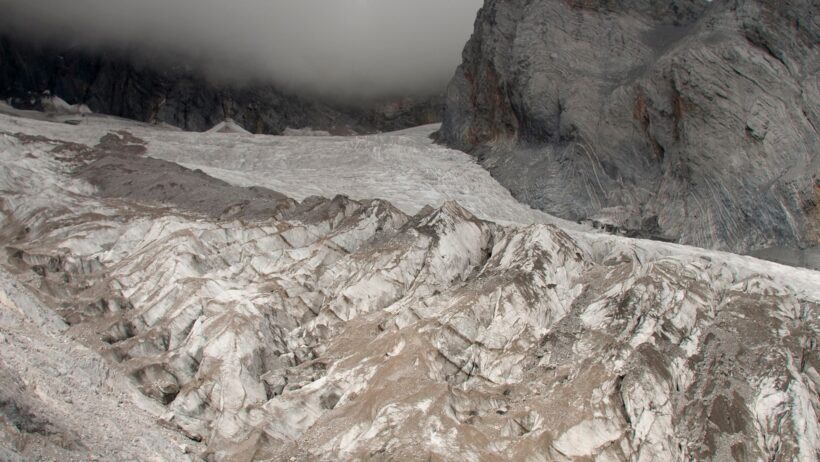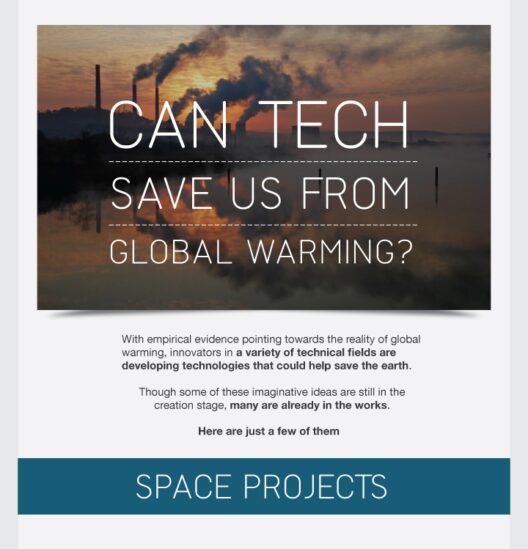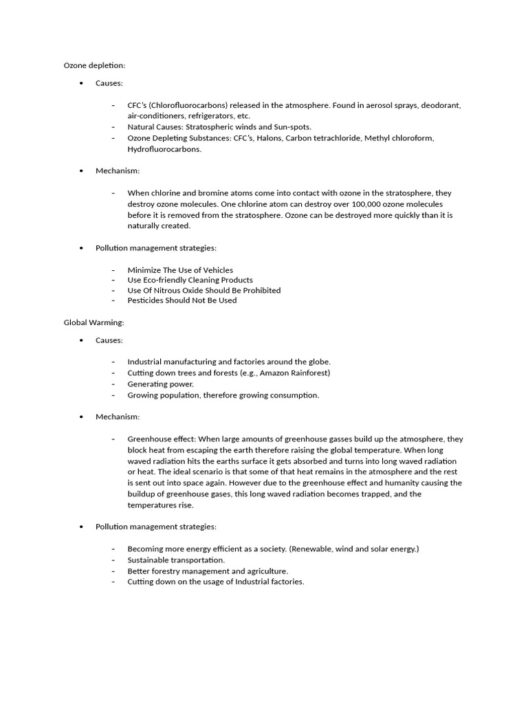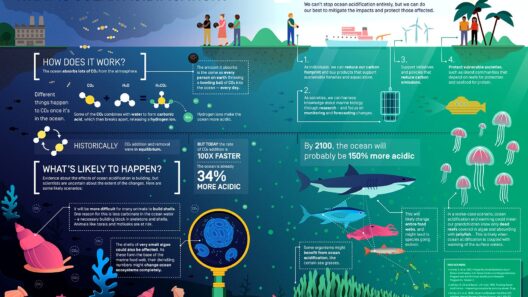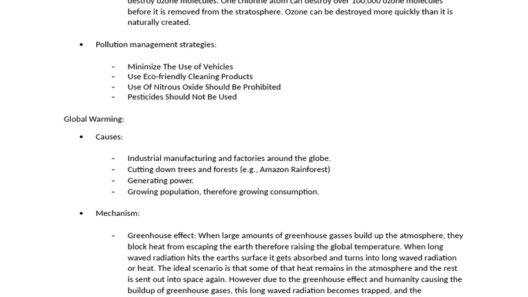Glaciers, those majestic rivers of ice, have long captivated the human imagination. Their grandeur evokes silence and awe, revealing the raw power of nature. However, the reality behind these iconic formations is changing rapidly due to global warming, which has intensified over the past century. The question arises: Are glaciers breaking apart faster because of global warming? The answer is a resounding yes, and the intricate interplay of environmental factors elucidates why this is happening.
To understand the current dynamics of glacier erosion, it is essential to consider the foundational aspects of glaciology. Glaciers are formed from compacted snow that has accumulated over decades, often centuries. These ice masses essentially function as natural reservoirs, storing vast quantities of freshwater. Yet, as global temperatures rise due to anthropogenic influences—primarily fossil fuel combustion and deforestation—these ice giants begin to melt at an alarming rate. The phenomenon known as “glacial retreat” signifies this process, wherein glaciers lose mass faster than they can accumulate it from snowfall.
Recent research indicates that the rate of glacier melt is accelerating, and this change is neither uniform across all regions nor constant over time. The factors influencing this rapid disintegration include rising ambient air temperatures, prolonged summer seasons, and changes in precipitation patterns. In technical terms, a positive feedback loop exacerbates the situation; melting glaciers reveal darker surfaces below, such as rock or soil, which absorb more sunlight than reflective ice, thereby further increasing temperatures and accelerating the melting process.
Furthermore, warmer ocean waters contribute significantly to glacial melt, particularly in coastal regions. This phenomenon is starkly evident in the Arctic and Antarctic zones, where ice shelves—the floating extensions of glaciers—are thinning at unprecedented rates. As ocean temperatures rise, they erode the ice from below, destabilizing the entire structure of these glaciers. Notably, this degrading ice shelf can lead to calving events, where chunks of ice break off into the sea, potentially raising sea levels and altering marine ecosystems.
A common observation in discussions about glaciers is the stark visual evidence of their diminishing sizes. The iconic glaciers of the Alps, Himalayas, and North America serve as poignant reminders of climate change’s impact. Photographic documentation from various points in time illustrates a concerning trend; these once-mighty formations have receded significantly over the years. The fascination with this decline often stems from the realization that glaciers serve as barometers for climate health. Their disappearance signals a broader ecological crisis that extends beyond the icy realms to affect various aspects of life on Earth.
Delving deeper into the implications of this phenomenon, one must consider the cascading effects of glacier melt on regional and global ecosystems. The reduction in ice mass not only contributes to rising sea levels but also disrupts freshwater supply for millions of people. In regions where glaciers feed rivers, such as in Central Asia or the Andes, communities face existential threats. The melting ice can cause temporary surges in water availability but ultimately leads to chronic shortages as glaciers shrink. Consequently, agricultural systems that rely on glacial runoff are jeopardized, impacting food security and economic stability.
Moreover, the rapid disintegration of glaciers influences weather patterns. Glaciers play a crucial role in regulating the Earth’s energy balance, reflecting sunlight and contributing to atmospheric cooling. As they vanish, their absence can alter local climates, leading to more extreme weather events. Warmer air temperatures often translate to more intense storms, droughts, and floods, which can devastate habitats and human settlements alike. The consequences are far-reaching, creating a tangled web of environmental challenges that demand immediate attention.
Despite the grim realities, there exists a fascinating paradox in the study of glaciers and climate change. While their retreat signifies a detrimental shift in our climate, the data gleaned from observing these changes can enlighten our understanding of the Earth’s complex systems. Glacier melt reveals the intricate interdependencies of climate variables, offering valuable insights into how ecosystems respond to warming. Researchers utilize satellite imagery and ground-based monitoring to assess these transformations, forming a clearer picture of climate change’s trajectory.
Efforts to curb global warming largely hinge on collective action aimed at reducing greenhouse gas emissions. International agreements, such as the Paris Accord, underscore the necessity of global cooperation in addressing climate change. Transitioning to renewable energy sources, improving energy efficiency, and implementing sustainable land-use practices are pivotal steps toward mitigating the impacts of global warming. By adopting these measures, humanity can hope to slow the pace of glacial melt and preserve the Earth’s precious resources for future generations.
In conclusion, glaciers are breaking apart faster due to the relentless march of global warming, driven by both natural processes and human activity. Their decline raises alarms about the state of our planet, serving as both a warning and an opportunity for reflection. The profound beauty of glaciers belies the urgent need for action; understanding their fate is vital for grasping the broader implications of climate change. Addressing this crisis requires concerted efforts at all levels, transforming our relationship with the environment to ensure the survival of these magnificent ice formations, and by extension, our planet’s health.



